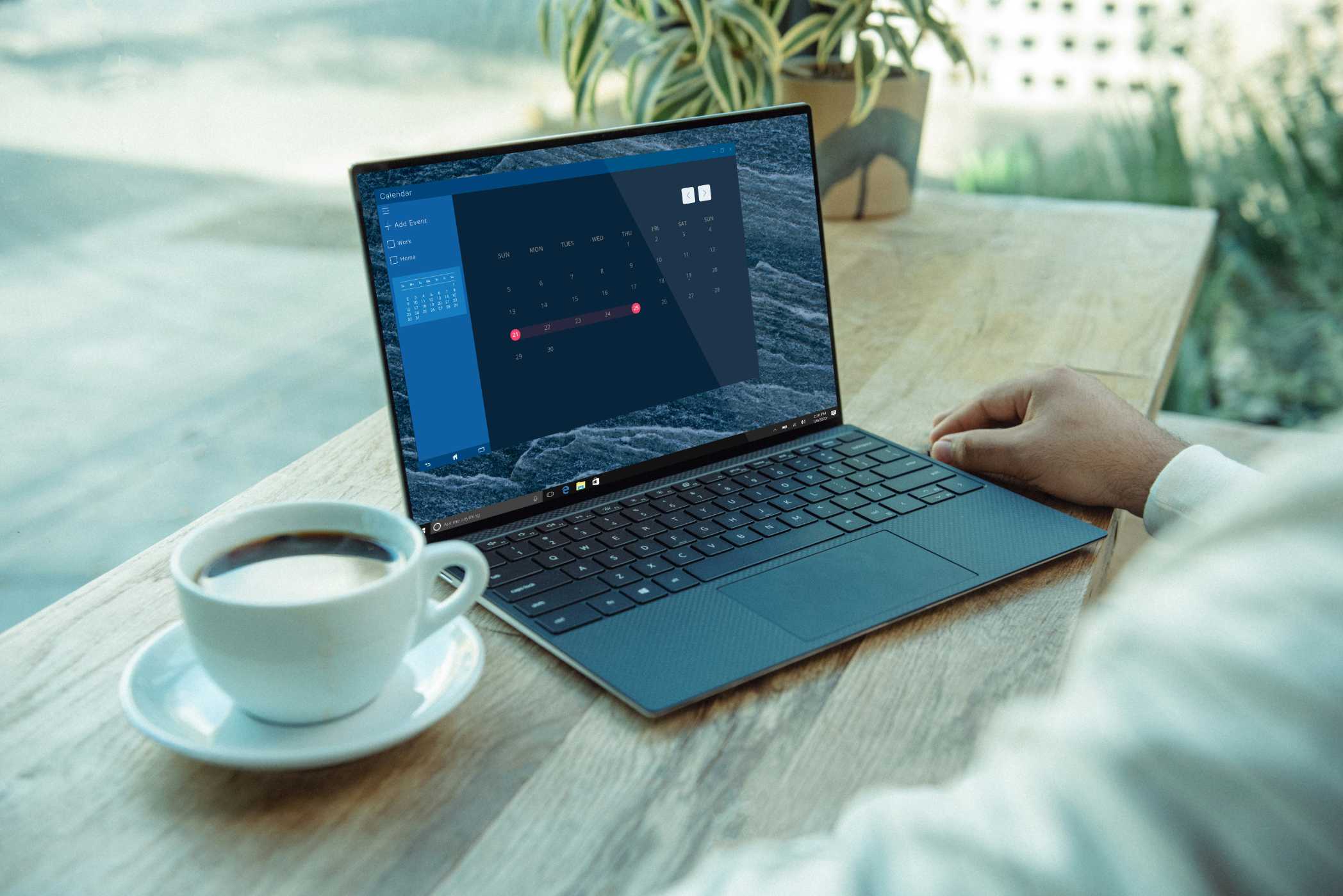A Guide to Ethereum Layer 2 Scaling Solutions
Ethereum's high gas fees have been a major bottleneck. Layer 2 scaling solutions aim to solve this. This guide explores how they work and the key differences between them.
A Beginner's Guide to Ethereum Layer 2 Scaling Solutions
Anyone who has used the Ethereum network during a period of high congestion has felt the pain of high gas fees and slow transaction times. While Ethereum provides unparalleled security and decentralization, its limited throughput (around 15 transactions per second) has been a major bottleneck to its growth. This is where Layer 2 (L2) scaling solutions come in.
L2s are a class of technologies designed to increase Ethereum's transaction capacity and reduce its fees, all while inheriting the security and decentralization of the main Ethereum blockchain (the Layer 1). They represent one of the most important areas of innovation in the blockchain space today. This guide will break down what L2s are, how they work, and the key differences between the major types.
The Blockchain Trilemma and the Need for L2s
To understand why L2s are necessary, we first need to understand the Blockchain Trilemma. This is a concept, first articulated by Vitalik Buterin, which states that it is very difficult for a blockchain to have all three of the following properties at once:
- Decentralization: The system should not be controlled by a single entity.
- Security: The system should be ableto defend itself against attacks.
- Scalability: The system should be able to process a large number of transactions.
Ethereum was designed to prioritize decentralization and security. The trade-off was scalability. The goal of the L2 ecosystem is to allow Ethereum to scale without sacrificing the decentralization and security of the main chain.
How Do Layer 2s Work? The Core Idea
The core idea behind all Layer 2 solutions is to move the bulk of the computational work off-chain. Instead of making the Ethereum mainnet process every single transaction, an L2 processes thousands of transactions in a separate, off-chain environment. It then bundles these transactions together, compresses them, and posts a single, summary transaction back to the Ethereum mainnet.
This is a bit like a carpool lane on a highway. Instead of every person driving their own car on the main road (which causes traffic), people can join a carpool (the L2), which takes up much less space on the main road.
Crucially, an L2 is not a separate blockchain (like Solana or Avalanche). It is built on top of Ethereum and relies on the Ethereum mainnet for its security and to act as a final arbiter of truth.
The Two Main Types of L2s: Rollups
The vast majority of modern L2 solutions fall into a category called Rollups. There are two main flavors of rollups, and they differ in how they prove to the L1 that the off-chain transactions were valid.
1. Optimistic Rollups
Examples: Arbitrum, Optimism
How they work: Optimistic Rollups operate on an "innocent until proven guilty" model.
- Assume Validity: The rollup bundles thousands of off-chain transactions and "optimistically" asserts to the L1 that they are all valid, without providing any initial proof.
- The Challenge Period: After the batch is posted to the L1, a window of time opens up called the "challenge period" (or "fraud-proof window"), which typically lasts for about seven days.
- Fraud Proofs: During this period, anyone can challenge the validity of the rollup's transactions. If they suspect fraud, they can submit a fraud proof to the L1. The L1 will then re-execute the transaction in question to verify the claim.
- Penalties: If the fraud proof is valid, the fraudulent transaction is reverted, and the malicious party who submitted the invalid block is financially penalized (their staked bond is "slashed"). If no one challenges the block within the challenge period, it is considered final.
Pros:
- EVM-Compatible: They are generally fully compatible with the Ethereum Virtual Machine (EVM), making it very easy for existing dApps and developers to migrate.
- Mature Technology: Optimistic rollups have been live and battle-tested for longer than their ZK counterparts.
Cons:
- Long Withdrawal Times: The biggest drawback is the long withdrawal time. Users must wait for the 7-day challenge period to end before they can withdraw their funds from the L2 back to the L1. (Though third-party "fast bridges" can help circumvent this for a fee).
2. Zero-Knowledge (ZK) Rollups
Examples: zkSync, StarkNet, Polygon zkEVM
How they work: ZK-Rollups operate on a "guilty until proven innocent" model, using advanced cryptography to prove validity upfront.
- Generate a Validity Proof: For every batch of transactions processed off-chain, the ZK-rollup generates a cryptographic proof called a validity proof (usually a ZK-SNARK or ZK-STARK).
- Proof of Correctness: This proof mathematically guarantees that all the transactions in the batch were executed correctly, without revealing the details of the transactions themselves (hence "zero-knowledge").
- Verify on L1: The rollup posts the compressed transaction data to the L1 along with this validity proof. The smart contract on the L1 only needs to verify this single, small proof to be certain that the entire batch of thousands of transactions is valid.
Pros:
- Fast Withdrawals: Since the validity of transactions is proven upfront, there is no need for a long challenge period. Users can withdraw their funds from the L2 back to the L1 almost instantly.
- Higher Security Guarantees: They rely on mathematical proof rather than economic incentives and watchers, which some argue makes them more secure.
Cons:
- Technological Complexity: ZK cryptography is incredibly complex and cutting-edge. Building a ZK-rollup, especially one that is fully compatible with the EVM (a "zkEVM"), is a massive technical challenge.
- Computationally Intensive: Generating the validity proofs requires significant computational power, which can be a centralizing force for the rollup's operator (the "sequencer").
The Future is Multi-Rollup
For the foreseeable future, the Ethereum ecosystem will not be dominated by a single L2 solution. Instead, we are heading towards a multi-rollup future where different L2s may specialize in different use cases. An Optimistic rollup might be perfect for a general-purpose DeFi ecosystem, while a specialized ZK-rollup might be better suited for a high-frequency trading application or a blockchain-based game.
The rise of Layer 2s marks a pivotal moment in Ethereum's history. By moving execution off-chain, L2s allow Ethereum to scale to meet the demands of a global user base while remaining true to its core principles of decentralization and security. As the technology continues to mature, L2s will be the primary environment where most users and developers interact with the Ethereum ecosystem, making high gas fees a thing of the past and paving the way for the next generation of decentralized applications.



